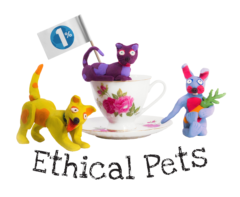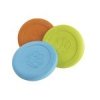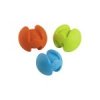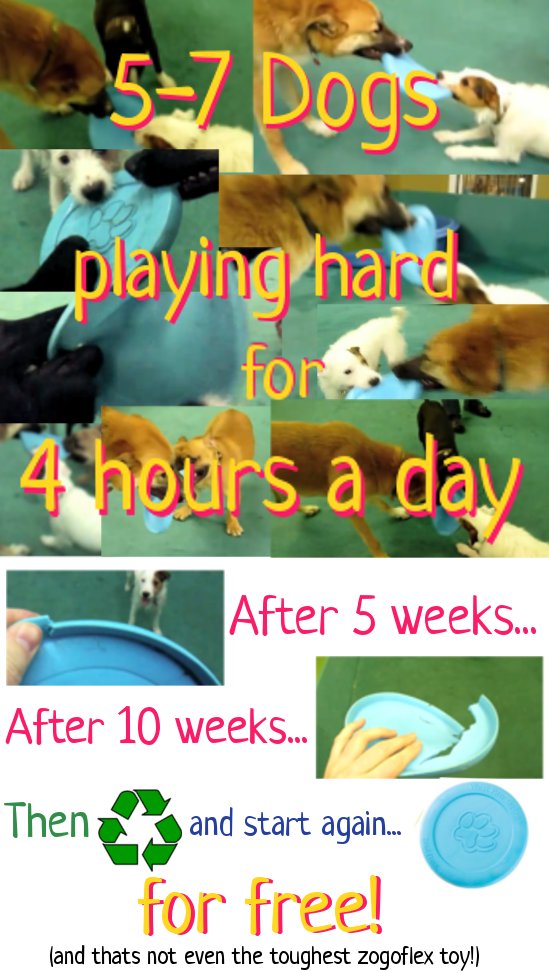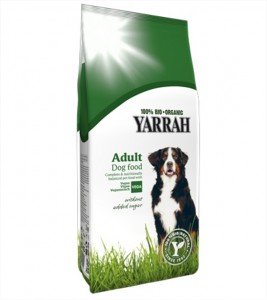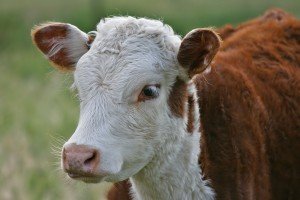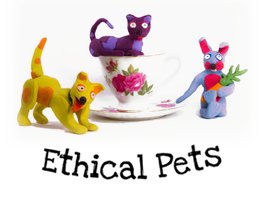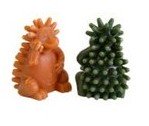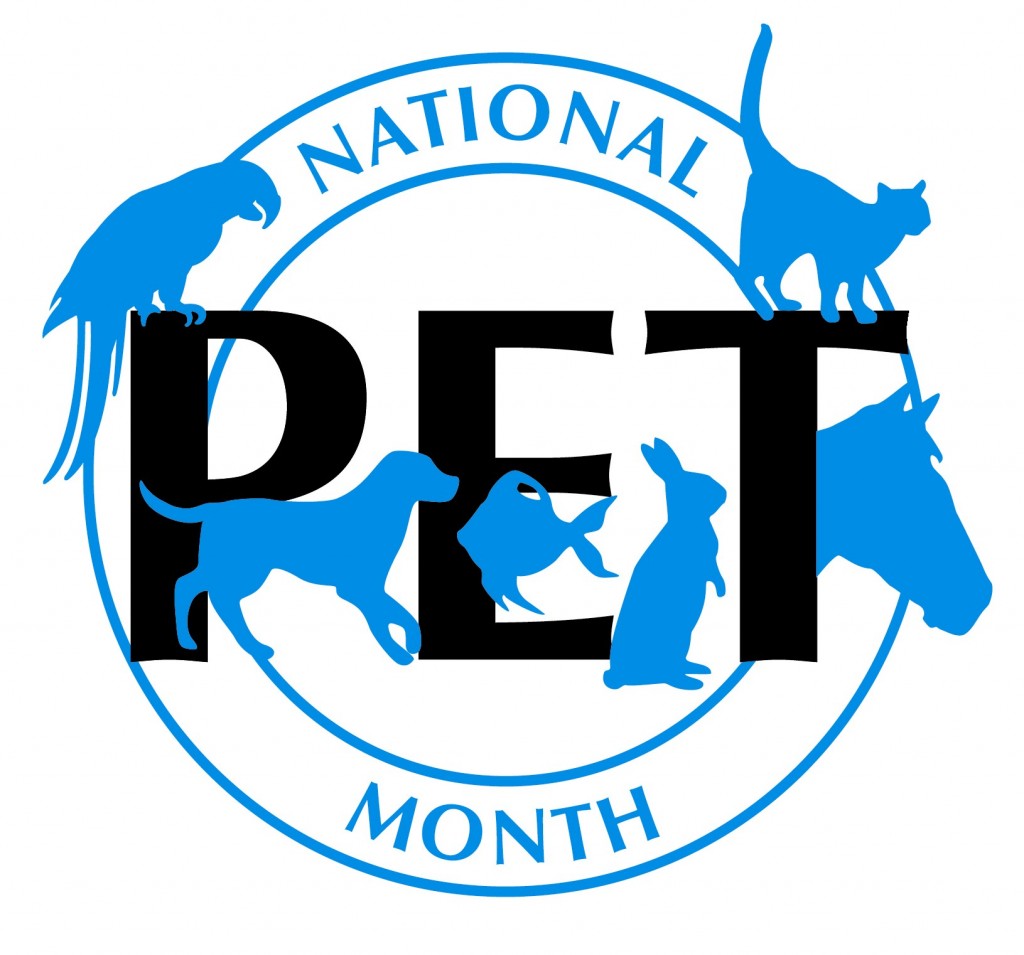 Health Enhancement and Companion Animal Ownership
Health Enhancement and Companion Animal Ownership
Today is the last day of National Pet Month 2012, so we are running a special edition of our Science Spot blog about how animals improve our lives and health. This edition features a review of scientific papers, entitled “Health enhancement and companion animal ownership,” published in 1996. The writers were Alan M Beck and Marshall Meyers.
 Summary
Summary
Beck and Meyers said: “Pet ownership is neither rare nor random: it is an integral part of society” – they therefore question why most research, in science and medicine, focuses only on the possible harms caused by companion animals, for example, allergies, bites and diseases. Research into the positive effects, they say, is under funded and infrequent: this represents a golden opportunity missed, because “interacting with companion animals may well be one of our more successful strategies for survival.”
Animals and Children
Beck and Meyers describe research into the effect of animal interaction on children’s learning and behaviour: for example, a 1993 study by Katcher & Wilkins, found that the use of animal contact in educational programmes for children with ADHD produced a significant reduction in levels of antisocial and violent behaviour. The studies described in this review span about 30 years and, when taken together, dramatically highlight the importance of animals for the healthy emotional and social development of children.
Children can, for example, learn important values and attitudes from animals – often at times where their interest would otherwise be diminished: young children learn about the role of mummy animal as carer for baby animal during a time when their interest human babies is developmentally lower. Boys in particular may learn a lot about nurturing behaviour from animals, when, perhaps, there are fewer human examples aimed at them. Also, while only half of adults “confide” in their pet, nearly 70% of children do so: a companion-animal can be best friend as well as teacher.
Animals and Violence
Aggression against living creatures is shown to be generalised: people who are aggressive towards non-human animals are likely to be aggressive towards humans too. This is something which Freud was insistent upon – though it apparently took another 80 years for cruelty towards animals to be added to the Diagnostic Manual for Mental Health. I feel that this is typical of a culture within science which is slow to see the life of a non-human animal as equivalent to the life of a human.
The contrary effe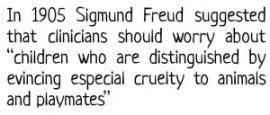 ct is also apparent: one study found that children who are exposed to humane education programmes, where they learn to be kind to animals, also show more empathy towards humans too (compared with children not educated this way). Animals can teach us to be peaceful people.
ct is also apparent: one study found that children who are exposed to humane education programmes, where they learn to be kind to animals, also show more empathy towards humans too (compared with children not educated this way). Animals can teach us to be peaceful people.
Animals and Adults
For older people “animals may replace children who have grown and moved away, or perhaps those who were never born. They may afford opportunities for an increase of human-to-human  social interaction and, finally, they may permit older adults to live alone without being lonely.”
social interaction and, finally, they may permit older adults to live alone without being lonely.”
Animals can be especially important for adults who are marginalised in some way; pet ownership can be helpful for homeless people and also, interestingly, for wheelchair users – who are more likely to find positive social interaction when accompanied by a doggy friend. Bizarrely, having a pet has been shown to make politicians seem more attractive – so Obama’s new puppy was a clever move politically! (Let alone Cameron’s Cat!) The social component of human-animal friendships is powerful: it has long been accepted that, like the research monkey rocking in his cage, humans deprived of contact do not thrive well. This contact can be found in a companion-animal.
Animals and Health
Animals improve your health directly, by affecting physical functions (for example lowering your blood pressure) or indirectly, by influencing your psychological well being (by improving mood and lessening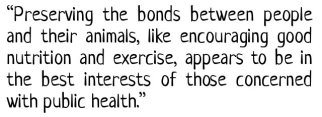 risky behaviours). These effects don’t just relate to companion animals however, those who feel a general attachment to Nature, for example, to the countryside or gardening, also seem to have a lessened risk of disease. Beck and Meyers believe that “Preserving the bonds between people and their animals, like encouraging good nutrition and exercise, appears to be in the best interests of those concerned with public health.”
risky behaviours). These effects don’t just relate to companion animals however, those who feel a general attachment to Nature, for example, to the countryside or gardening, also seem to have a lessened risk of disease. Beck and Meyers believe that “Preserving the bonds between people and their animals, like encouraging good nutrition and exercise, appears to be in the best interests of those concerned with public health.”
- Cardiovascular disease: prevention and healing
Not only are pets shown to keep us generally more healthy – pet owners also have reduced risk factors for cardiovascular disease too – even in pet-people who eat takeaway/junk food regularly, the correlation is strong. Also, when talking to animals, your blood pressure is likely to fall: while this dip in blood pressure is partly due the use of a calm and relaxed voice, this isn’t the full story. Even passing by a stranger’s dog, for example has been shown to have a soothing influence. Animals have also been shown to effect a 2-3% improvement in survival/recovery after a heart attack: while 2-3% seems small in common terms, medically, it’s pretty impressive – and cost effective! Companion animals: they keep you healthy and help you recover.
- Mental health
It’s not just talking to “responsive” mammals which can calm you down: the iconic fish tank in a dentist’s waiting room is designed to soothe – and it works! Birds have also been shown to relax patients, specifically in group therapy settings. Animals in therapy is a growing area of interest – both in “outpatient” and institutional settings. Pet ownership has also shown to help university students by alleviating anxiety: this is quite important as anxiety and even suicide can be a problem for this group of people – who are mostly either forbidden or unable to keep pets during their studies.
Animals in Research
We are all well aware of the ongoing plight of animals used in medical research. One of the reasons animals are used in this type of research, aside from an apparent social belief in their inferiority, is that animal disease has a “shorter latency” than human disease. This means that, after exposure to a harmful environmental factor, animals can become ill much quicker than humans.
Beck and Meyers believe that animals in the home could, like the canary in the coal mine, be used to detect health threats to humans. There have been stories about pets “saving the lives” of humans when suffering from, for example, carbon monoxide poisoning, by alerting the owner to danger and giving them vital extra time to seek medical treatment from themselves. According to Beck and Meyers, the veterinary community should be part of the human research team, feeding information back to the medical community and helping to pinpoint unknown and known threats to human health. It seems, however, that while many vets are willing, there is little interest medically – therefore “Companion animals are an unrecognised alternative to study many of the health problems facing people today.”
Conclusion
“Interacting with companion animals may well be one of our more successful strategies for survival” – and yet, typically, medical research talks of infections, bites, allergies and zoonotic diseases. It’s time to recognise that companion animals are not only cute and fun, but good for us: mind, body and soul. Despite all of the evidence above, there is still a lack of funding and research – perhaps our scientists and clinicians can’t face the thought that an animal could be worth much much more to medicine than a subject for lab tests. Laughter and humour are now recognised medical interventions – and what could bring us more joy, or more laughter, than our wonderful animal friends.
Competition
Send us a photo of your pet doing something which makes you laugh and win a free cat or dog treat! (to the right is a photo of our cat Ivy sitting in a post bag! teehee! Perhaps she wants to get sent out to a customer!)
